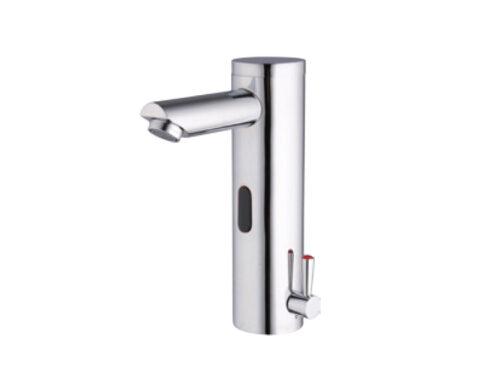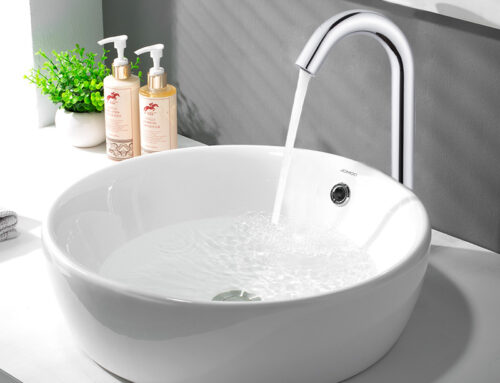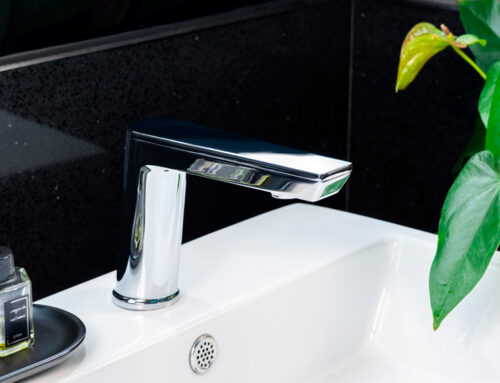Automatic faucets have redefined modern hygiene and convenience, offering touchless operation. Let’s take a closer look at the essential components that bring these marvels to life.
1. Sensor: The sensor is the heart of an automatic faucet. It detects the presence of hands and triggers the water flow. Typically using infrared technology, the sensor responds to the presence of hands, ensuring a hands-free and sanitary experience.

2. Solenoid Valve: The solenoid valve is the traffic controller of water flow. When the sensor senses hands within its range, it sends a signal to the solenoid valve, which opens to allow water to flow. After a set period, the valve closes, stopping the water flow and completing the operation.
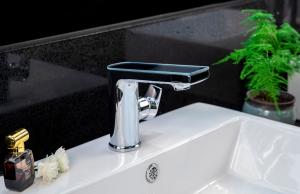
3. Power Supply: Reliable power keeps the magic going. Automatic faucets can be powered by batteries or connected to a power source. Battery-powered faucets are easy to install but require periodic battery changes. Those powered by electricity connect to the building’s power system for continuous operation.
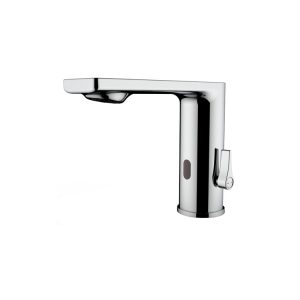
These three foundational components work seamlessly together to deliver a touchless faucet experience. The sensor detects, the solenoid valve controls water flow, and the power supply keeps everything running. This synergy not only enhances hygiene but also contributes to water conservation, making automatic faucets a sustainable and efficient choice for modern spaces.
If you want to develop a sensor faucet, just contact us. You can also send email to sales3@rajeyn.com

